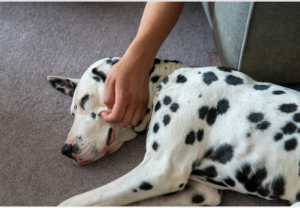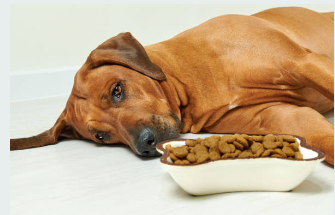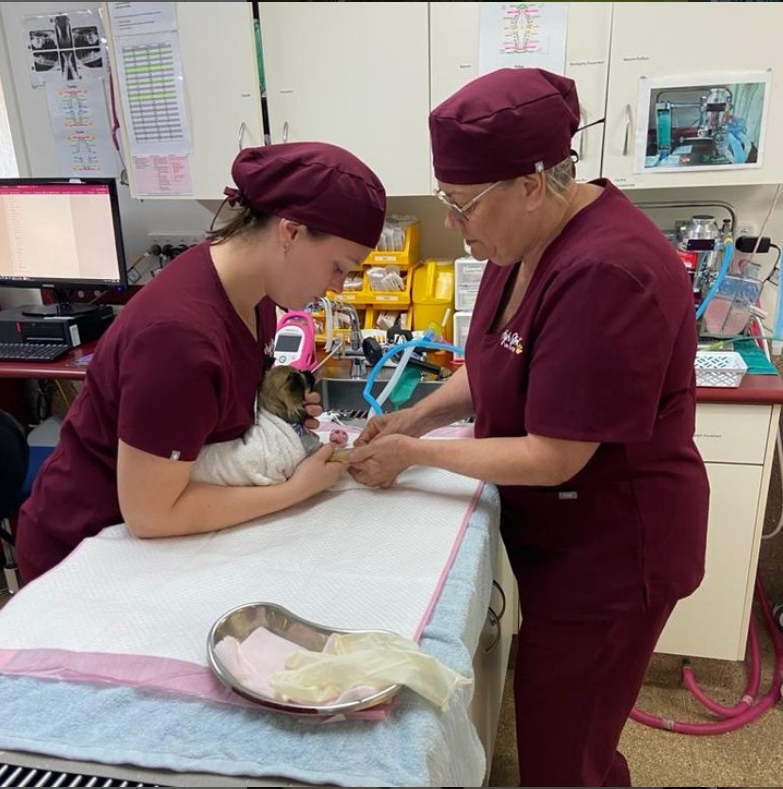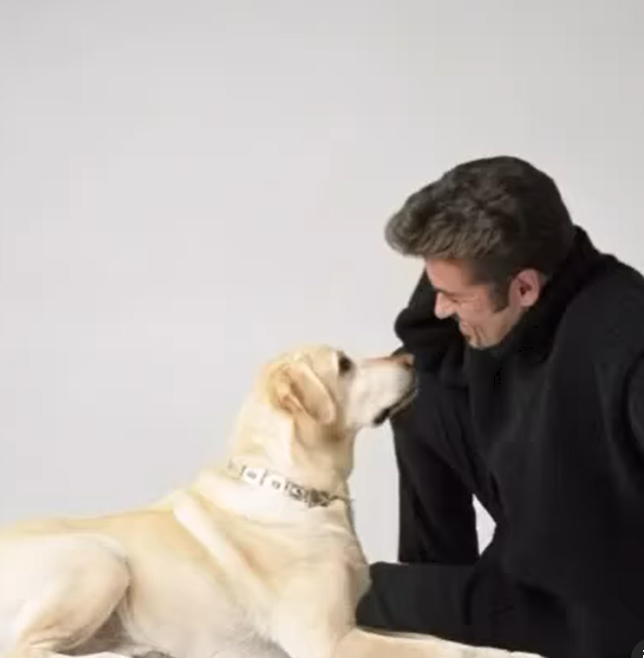Dog Cyst: What to Know and How to Treat
A cyst is a sac-like growth that can develop anywhere on the body, including on dogs. Cysts can be filled with substances like fluid, pus, or keratin. Some cysts are harmless, while others can be painful or infected.
What Causes Dog Cysts?
Several different things can cause cysts in dogs, including:
- Trauma: Cysts can form at the site of an injury, such as a bite or scratch.
- Blocked ducts: Cysts can form when ducts that carry oil or other fluids become blocked.
- Parasites: Cysts can be caused by certain parasites, such as mites or ticks.
- Immune disorders: Certain immune diseases can cause cysts on the skin.
- Genetics: Some breeds of dogs are more prone to developing cysts than others.
Types of Dog Cysts
Several different types of cysts can develop in dogs, including:
- Sebaceous cysts: Sebaceous cysts are the most common type of cysts in dogs. They form when the duct of a sebaceous gland becomes blocked. Sebaceous glands produce oil that helps to lubricate the skin and hair. Sebaceous cysts are usually small and round and can be found anywhere on the body.
- Follicular cysts: Follicular cysts form when a hair follicle becomes blocked. Follicular cysts are usually small and round and often found on the head, neck, and back.
- Apocrine cysts: Apocrine cysts form when the duct of an apocrine gland becomes blocked. Apocrine glands produce sweat that contains pheromones. Apocrine cysts are usually found in the armpit and groin areas.
- Mucoid cysts: Mucoid cysts form when the duct of a salivary gland becomes blocked. Mucoid cysts are usually found on the lips, tongue, and gums.
- Interdigital cysts: Interdigital cysts form between the toes. Allergies or infections often cause interdigital cysts.

Symptoms of Dog Cysts
The most common symptom of a dog cyst is a lump or bump under the skin. Cysts can be any size, and they may be firm or soft. Cysts can also be painful or painless.
Other symptoms of dog cysts may include:
- Hair loss around the cyst
- Redness and inflammation around the cyst
- Discharge from the cyst
- Licking or scratching at the cyst
Diagnosis of Dog Cysts
Your veterinarian can diagnose a dog cyst by performing a physical examination and aspirating the cyst with a needle. Aspiration is the process of withdrawing fluid or other contents from the cyst using a needle and syringe. The liquid from the cyst can then be examined under a microscope to determine the type of cyst and to rule out infection.
Treatment of Dog Cysts
The best treatment for a dog cyst depends on the type of cyst and its severity. Some cysts may go away independently, while others may need surgery.
Surgical removal is the most common treatment for dog cysts. Surgery is usually performed under general anesthesia. Your veterinarian will make an incision in the skin over the cyst and remove it carefully. The incision will then be closed with sutures.
Other treatments for dog cysts may include:
- Antibiotics: Antibiotics may be prescribed if the cyst is infected.
- Topical creams: Topical creams may be prescribed to reduce inflammation and pain.
- Injections: Injections of corticosteroids or other drugs may be used to shrink the cyst.
Prognosis for Dog Cysts
The prognosis for dog cysts is generally reasonable. Most cysts can be successfully treated with surgery or other treatments. However, some cysts may recur, mainly if caused by an underlying condition, such as an allergy or immune disorder.
How to Prevent Dog Cysts
There is no way to completely prevent dog cysts from forming, but there are a few things you can do to reduce your dog’s risk:
- Keep your dog’s skin clean and healthy. Bathe your dog regularly with a mild shampoo and brush their coat regularly.
- Protect your dog from injuries. Avoid exposing your dog to sharp objects or other potential hazards.
- Treat any underlying conditions. Allergies, immune disorders, and other underlying conditions can increase your dog’s risk of developing cysts.
If you notice a lump or bump on your dog’s skin, take them to the veterinarian for diagnosis and treatment.


